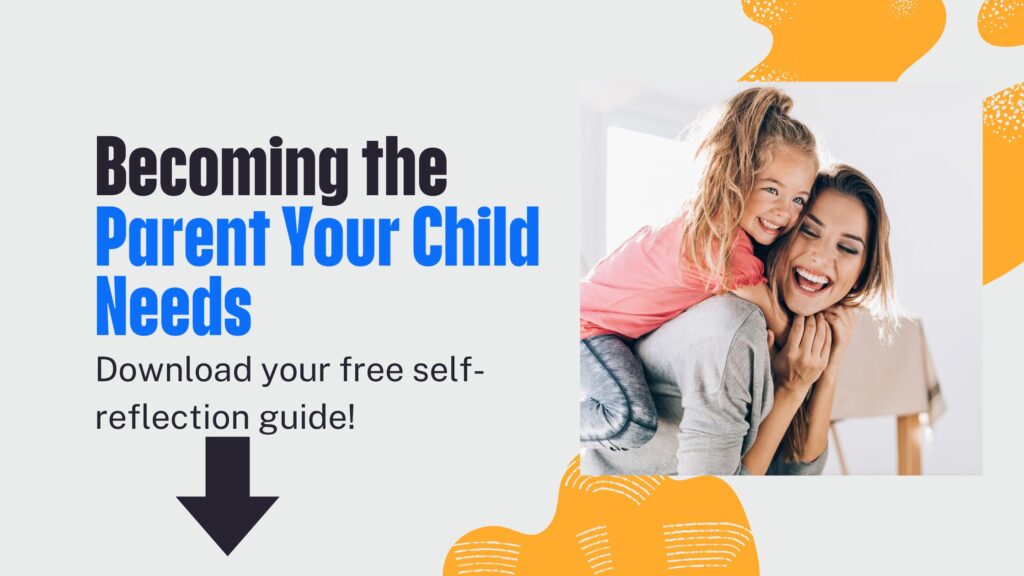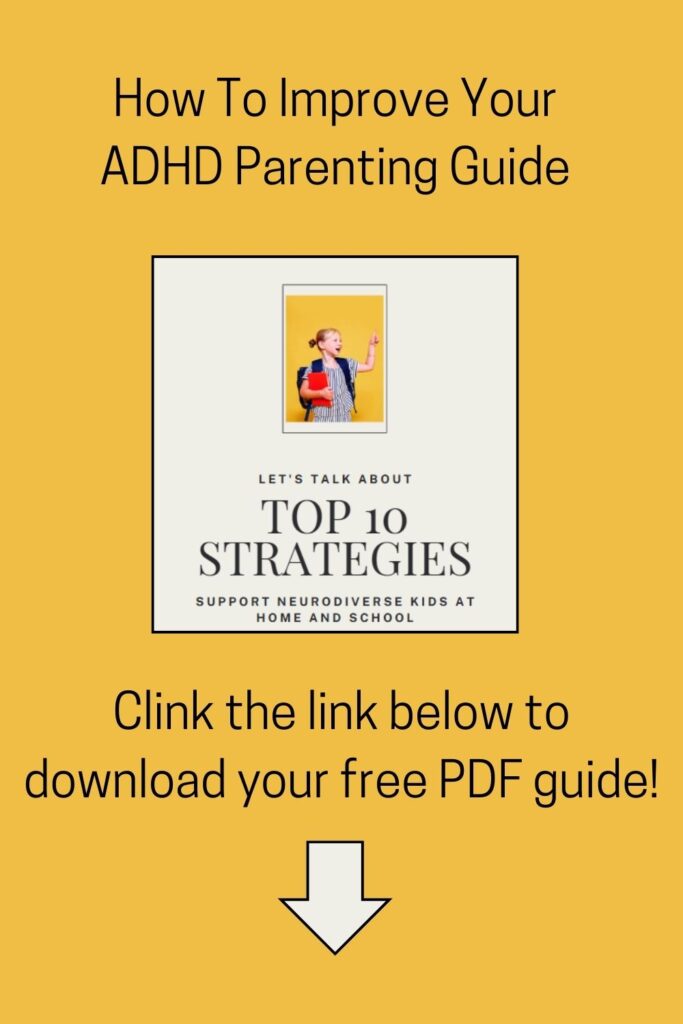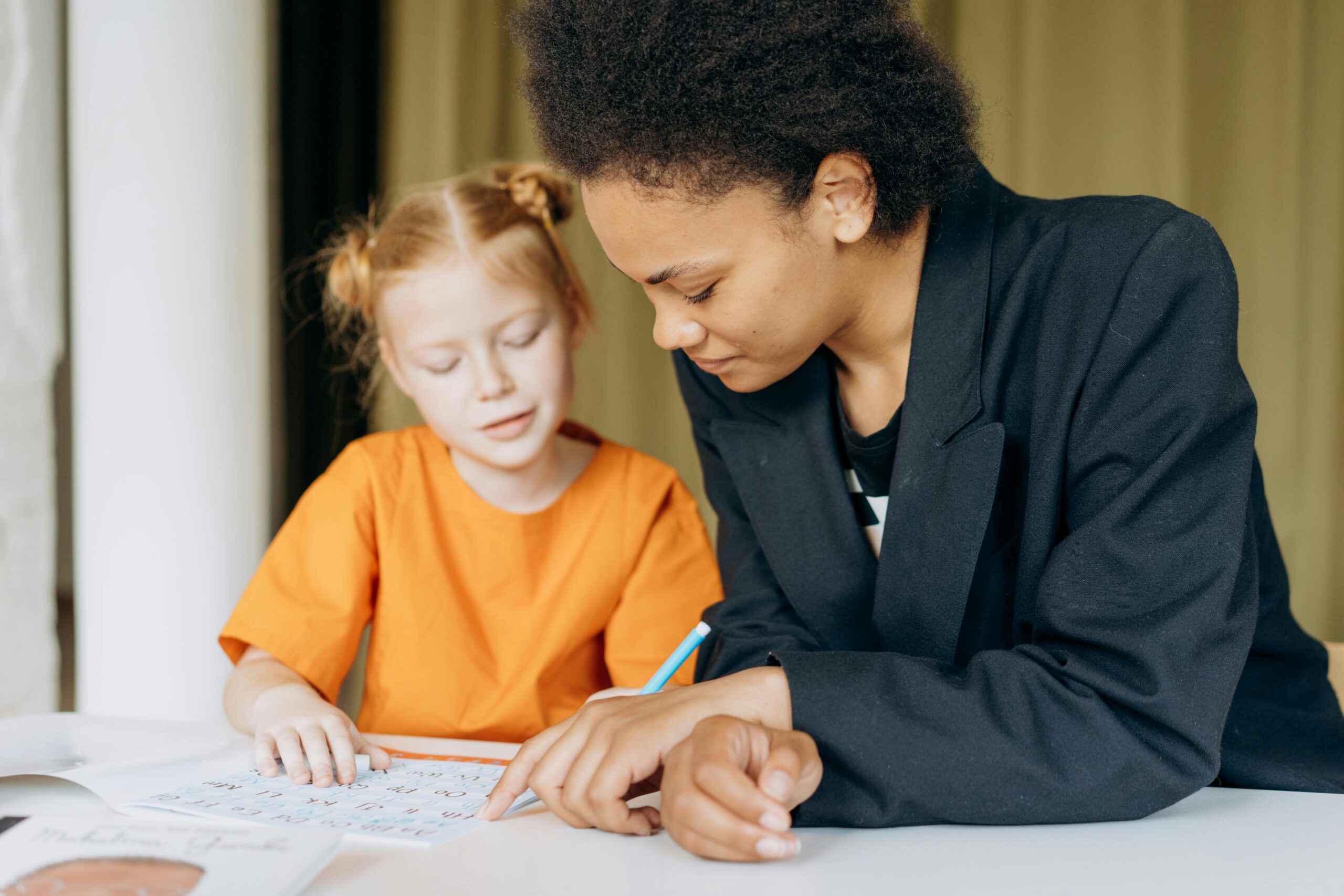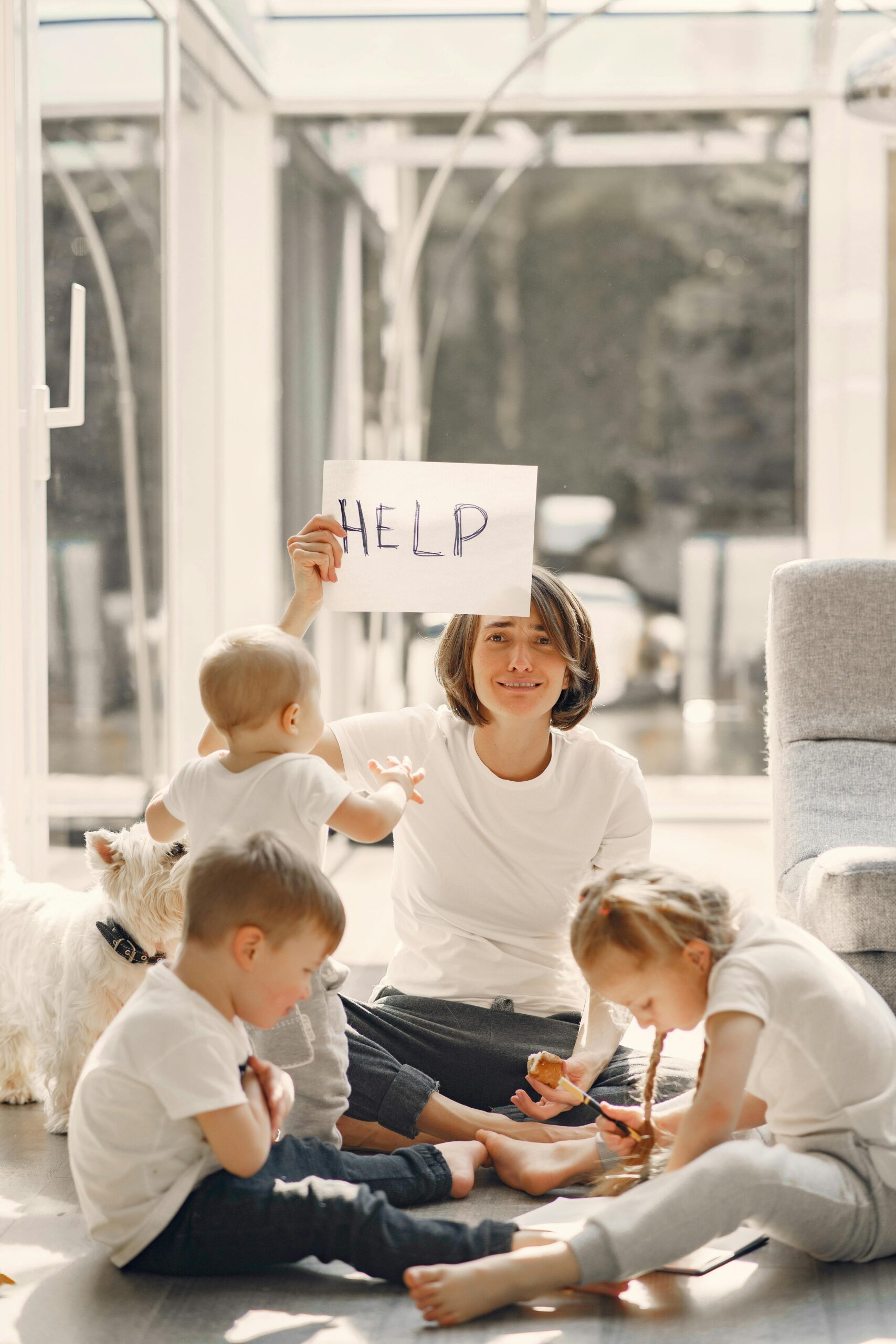Flexibility: Sneaky Ways to Teach Flexibility to Your Child with ADHD
A Day in the Life of Parenting an ADHD Kid
Let me paint you a picture: it’s morning, we’re running (shockingly) on time, and it’s bring-a-toy-to-school day. My daughter has a museum-level stuffy collection—pandas, unicorns, loads of cats, and a rainbow bear. But none of these 100+ plushies will do. She must bring the pug stuffy.
Except…there’s a problem. The pug is missing. Code Red. Forget breakfast—we’re now on a frantic pug hunt. The clock is ticking, and I’m waving alternatives in her face (“Look, honey, what about Panda? Or Rainbow Bear?”), but it’s pug-or-bust over here. Five minutes in, we’re spiraling into what I call the “no-flex zone.” Ten minutes in, a meltdown is imminent. And by meltdown, I mean full Titanic iceberg collision territory.
If you’ve got a kid with ADHD, you probably know this scene all too well. Flexibility? Not exactly their favorite thing. It’s like convincing a cat to go for a swim—they’re just not into it. But here’s the thing: flexibility is a lifelong superpower. It helps kids navigate inevitable curveballs, manage frustration, and adapt when things don’t go as planned. So, as a parent, I know I have to teach it.

The good news? Flexibility is a skill, and like any skill, it can be practiced. Here’s my ever-evolving game plan for bringing flexibility into our lives…one pug stuffy crisis at a time.
Why is Flexibility Especially Important for Kids with ADHD?
- Change Happens—A Lot: Life doesn’t always stick to the script, and kids with ADHD often struggle when their plans derail. Teaching flexibility helps them handle change without feeling like the world is ending.
- Boosting Problem-Solving Skills: When kids can adapt to new situations, they learn how to brainstorm solutions rather than shutting down.
- Managing Emotional Responses: Rigidity often leads to meltdowns. Flexibility helps reduce the intensity of emotional reactions by showing kids they can still thrive even when Plan A doesn’t work.

Take the first step toward becoming the parent your child truly needs with this free self-reflection guide! Click HERE to get the free guide.
How I Teach Flexibility (or Try To!)
- Let’s Talk About “Plan B Brain”
I’ve introduced my daughter to the idea of “Plan B Brain,” which I describe as a magical superpower that helps us come up with a new plan when the original one doesn’t work. Am I mostly preaching to myself? Probably. But sometimes, it sticks. Like the other day when she couldn’t find her purple hoodie and (reluctantly) went for the blue one instead. Baby steps, people. - Narrate Your Flexibility
They say to “model flexibility,” so I now narrate my life like I’m on a cheesy reality show. “Oh no, I planned to make pancakes, but we’re out of eggs! Guess we’re doing oatmeal!” Do I get blank stares from my daughter? Yes. Do I sound ridiculous? Yes. But occasionally, the message lands. - Celebrate the Tiny Wins (Like a Parade)
The other day, my daughter had this epic playdate planned with her best friend. When the plans didn’t go as expected, she told me later, “I wanted to have a birthday party for our dolls, but my friend really wanted to play Barbies instead. So we did that.” I went all in with praise: “WOW! You just totally rolled with it. Look at that flexibility in action!” We high-fived, and I might’ve even danced a little. These small moments matter. - Tiny Twists on the Routine (a.k.a. Sneaky Flexibility Training)
To help her practice flexibility, I sometimes mix up small routines: taking a different route to school or changing the bedtime story order. I frame these little changes as “adventures” and try to make them sound fun. It’s a low-stakes way to practice adaptability without the drama of a pug stuffy crisis. - Playing Games with New Rules
Game night at our house is already chaotic, so I’ve started adding mid-game twists. “Next round, we’re all pirates—you have to play with one eye closed!” It’s silly, fun, and helps show her that changing the rules doesn’t mean the game is ruined. - Laughing it Off
After a pug-stuffy-level meltdown, I try to revisit the moment later with a little humor. “Remember when we turned the house upside down for Puggy? What a day!” Laughing together helps us put the situation in perspective and shows her that little stumbles are just part of life. - Make Flexibility a Family Motto
We’re officially the “Problem-Solvers Club” now. If she starts getting rigid, I remind her, “Hey, we’re problem solvers, remember?” Sure, it’s corny, but it gives us a common language and a little rallying cry for those tough moments.
Summary: Why Flexibility Matters (and How to Teach It)
Flexibility is a crucial skill for kids with ADHD because life is full of unexpected twists and turns. It helps them adapt to change, problem-solve, and manage their emotions when things don’t go as planned. Teaching flexibility doesn’t happen overnight, but through small, intentional steps, we can help our kids practice and grow this important life skill. (Consider adopting a ‘good enough’ parenting approach, click HERE for more info.)
From introducing the idea of “Plan B Brain” to celebrating tiny moments of adaptability, every little effort adds up. And let’s be real—parenting an ADHD kid is full of laugh-until-you-cry moments. By leaning into the chaos and finding ways to make flexibility fun, we can help our kids embrace change and thrive in an unpredictable world.
So, next time your kid is losing it over a missing pug stuffy or a change in plans, remember: you’re not alone. We’re all in this together, cheering each other on as we teach our kids to roll with life’s punches—one tiny, hilarious step at a time. Want to take a deeper dive into cognitive flexibility in children? Check out this article.
What’s your go-to strategy for teaching flexibility? Share in the comments!

Check out this FREE resource: Top 10 Strategies to Support Neurodiverse Kids at Home and School! Click HERE to get the resource.





